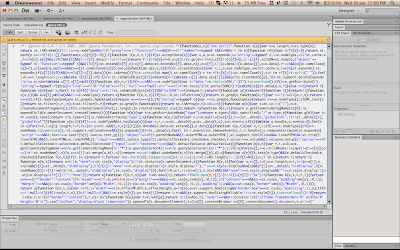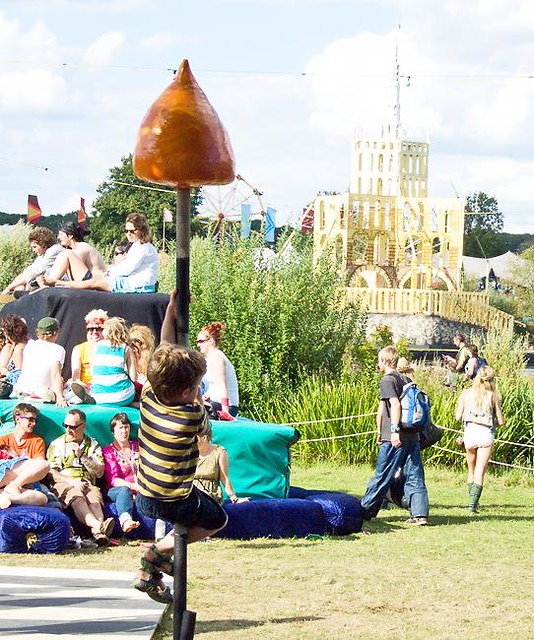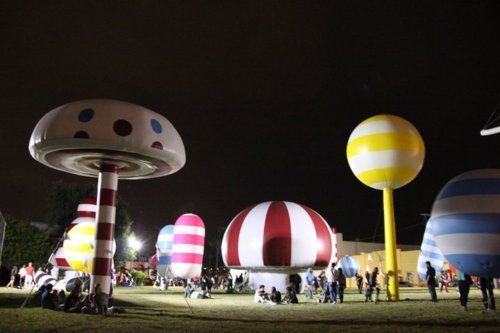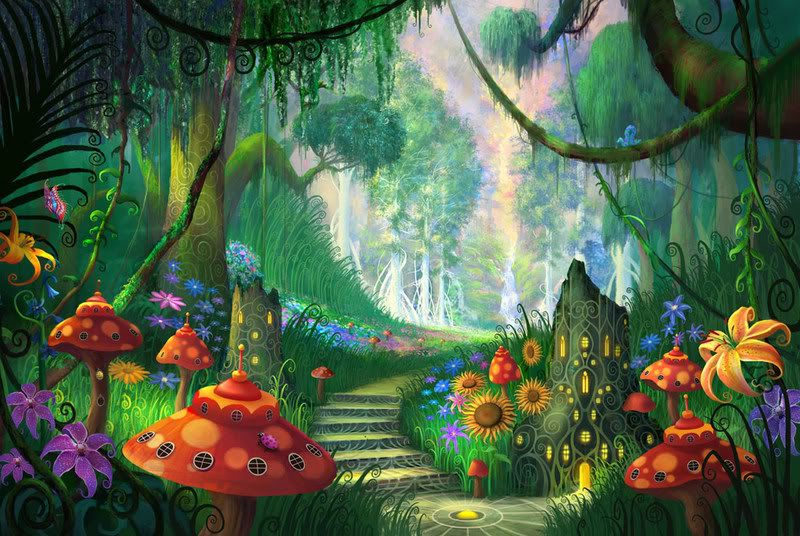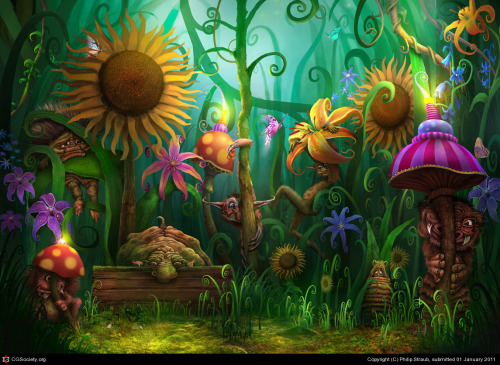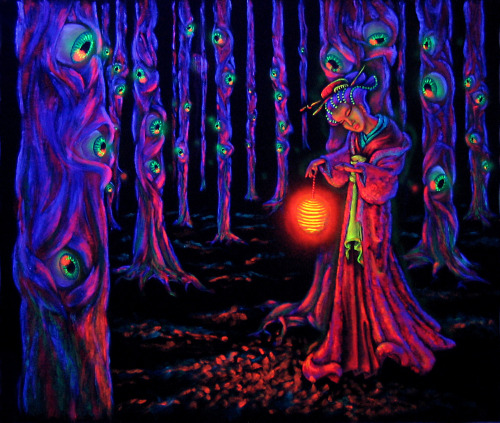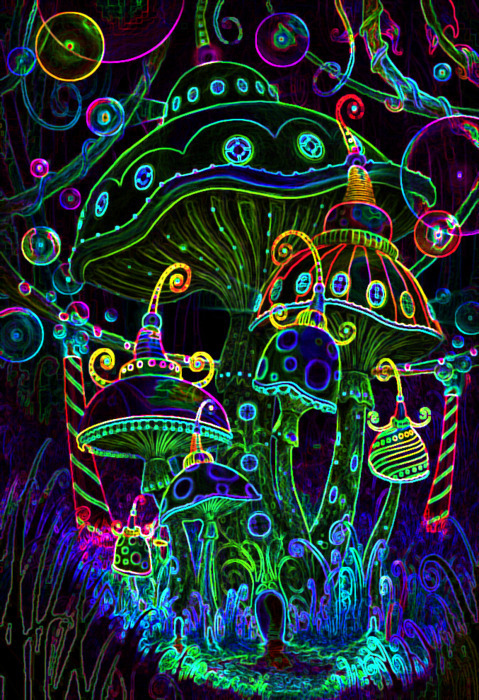1. What skills have you developed through this module and how effectively do you think you have applied them?
During the course of '504' I have learnt many different skills. To start with we looked at packaging, this is something that I have not had much experience in. We had to brand a series of different sized packages. From this brief I learnt about net design and how different nets slot together differently when built. There are different designs depending on the product. I learnt how to apply a brand across a series of different products.
The print book brief was a big learning curve for me, I experimented with several different printing processes in order to produce my book. First of all I looked at laser cutting, during this module have created several products on the laser cutter, experimenting with wood, acrylic and paper. I also went down to vernon street to do some embossing and de-bossing which I used in my book. I also used foiling and screen printing in the design book as I wanted to show a wide range of processes. To top it off I decided to bind my book myself, I ended up japanese stitching the book and used a hard back cover which I backed myself.
I think I have developed loads of skills this module and it has resulted in some really nicely finished products. I managed to double side screen print a truck load of products for the ISTD brief and am really happy with the professional finish.
The print book brief was a big learning curve for me, I experimented with several different printing processes in order to produce my book. First of all I looked at laser cutting, during this module have created several products on the laser cutter, experimenting with wood, acrylic and paper. I also went down to vernon street to do some embossing and de-bossing which I used in my book. I also used foiling and screen printing in the design book as I wanted to show a wide range of processes. To top it off I decided to bind my book myself, I ended up japanese stitching the book and used a hard back cover which I backed myself.
I think I have developed loads of skills this module and it has resulted in some really nicely finished products. I managed to double side screen print a truck load of products for the ISTD brief and am really happy with the professional finish.
2. What approaches to/methods of design production have you developed and how have they informed your design development process?
Research has helped me allot through this module, particularly the library. During the print book brief I took out a few books which really helped me along the way. The production manual was very useful teaching me all about the different printing methods used in commercial print. This book helped me with all the content I needed to finish my print manual.
Contacting paper and print companies helped to inform my decisions throughout the module. I learnt about different stock types and weights. This allowed me to test out printing and cutting different media. Trial and error screen printing helped to get my final products right. I learnt the hard way by exposing an image that was too big for the screen. This set me back some time but I won't do it again.
3. What strengths can you identify in your work and how have/will you capitalise on these?
Over the course of the module I feel I have found something I am good at. Screen printing has been a very fun part of the briefs. And I think all the hard work I put into the print studio has really shone through into the final products. I think the branding for the ISTD restaurant has been produced to a high quality. The products have a professional finish and have been laid out and presented in eye catching way.
I think another strength has been my willingness to experiment with different processes. I pretty much carried out everyone you could do at uni. I have tried to use these processes to the best of my ability. I am allot more comfortable at carrying these out on my own now and will be able to do them comfortably next time.
I believe this module I have really pushed myself on every brief, covering a wide range of deliverables with each brief. I am getting used to the heavy workload now and feel better about pushing the boundaries.
I think another strength has been my willingness to experiment with different processes. I pretty much carried out everyone you could do at uni. I have tried to use these processes to the best of my ability. I am allot more comfortable at carrying these out on my own now and will be able to do them comfortably next time.
I believe this module I have really pushed myself on every brief, covering a wide range of deliverables with each brief. I am getting used to the heavy workload now and feel better about pushing the boundaries.
4. What weaknesses can you identify in your work and how will you address these in the future?
I think one of my weaknesses would be my amount of research, Although I think my products are well informed I think I could of looked at more peoples work for inspiration It would of also helped with the final outcomes of my products as maybe I would of come up with something differently.
Although for this module my time management has been pretty good. I feel like It could be improved as these past few weeks have been a bit of a rush. I hope to designate days to specific briefs in future. That way I will be able to plan out my week and get hoepfully get more done.
Although for this module my time management has been pretty good. I feel like It could be improved as these past few weeks have been a bit of a rush. I hope to designate days to specific briefs in future. That way I will be able to plan out my week and get hoepfully get more done.
5. Identify five things that you will do differently next time and what do you expect to gain from doing these?
- I will make sure I get the sizing right next time I expose my screens. This meant that the cutting mats I printed out weren't up to scratch. By getting the size right It will allow for finer prints.
- I think I could of done more research for this module. I think thats whats letting me down If i had researched more I would have a more well informed direction.
- Experiment more with different stock. Although I researched into it allot and used various ones I think I could of pushed it further.
- Time plan - I think designation specific days to specific projects will help to stay on top of things.
- More Design sheets - I feel like I did allot more designing on the mac than I did my hand. Drawing stuff out us a better way of getting out all your ideas.
6. How would you grade yourself on the following areas:
Attendance = 5
Punctuality = 4
Motivation = 4
Commitment =4
Quantity of work produced = 4
Quality of work produced = 5






